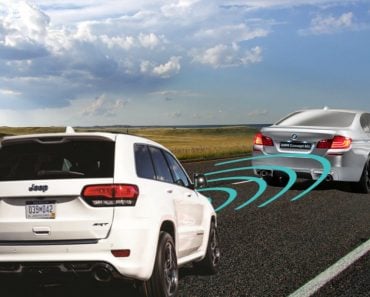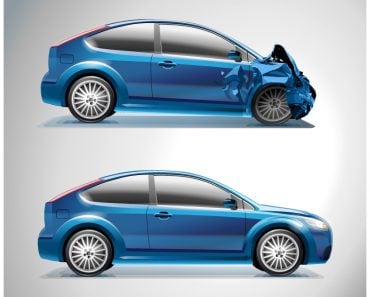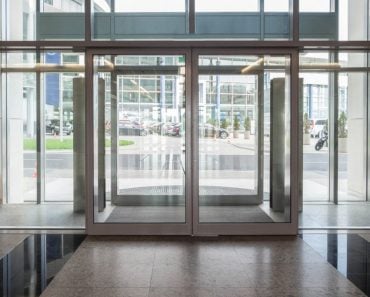Driverless trains operate through Communication Based Train Control (CBTC) technology. This system facilitates communication between the train and track equipment to manage all rail traffic. CBTC is more precise in identifying train positions, bogey alignments, and rail stability than traditional signaling systems.
The capacities of current mass transit systems can barely be expanded to the extent that will be necessary in the future. To make more efficient use of the existing infrastructure, existing metro lines are being modernized and equipped with automatic train control and safety systems.

There has been a lot of excitement around self-driving cars in recent years. If this technology is successfully implemented, it could mean autonomous vehicles providing the same service as taxis and commercial trucks but with better safety measures.
However, creating this technology would require the use of complex algorithms and a deep understanding of traffic conditions, safety regulations, human psychology while driving, road contours, and many other variables.
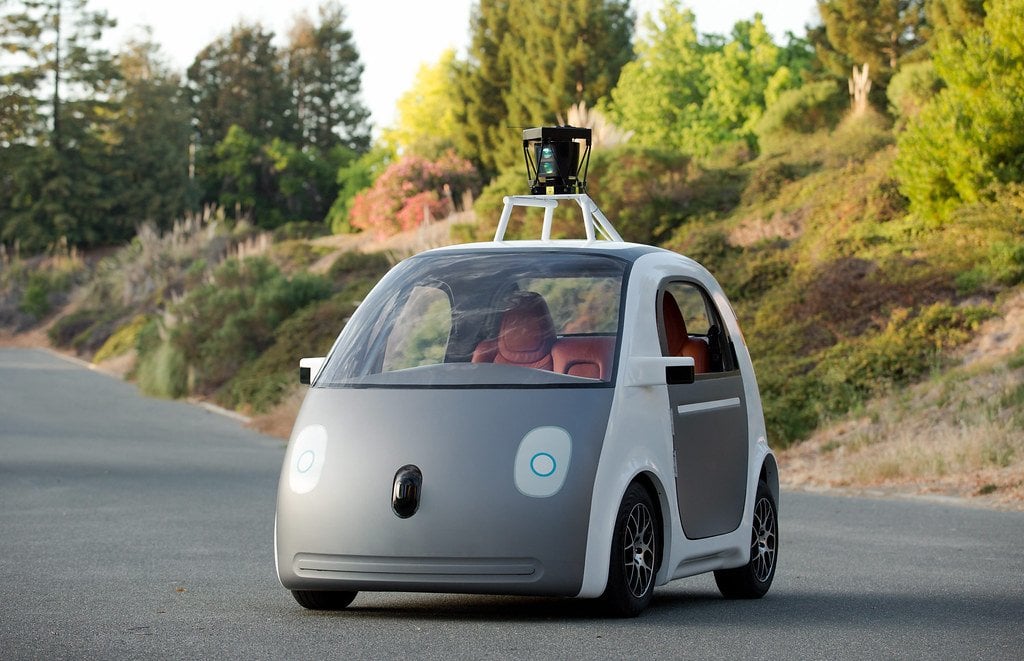
On the other hand, driverless trains are much simpler to design and create than driverless trucks or cars. Navigating a train is simpler, as its path is confined wholly to the rail network. Trains can only travel forward and backward, so the train operator doesn’t need to worry about other trains weaving in and out of its path, unlike someone driving a car.
Let’s take a look at the current train automation systems.
Recommended Video for you:
The Various Grades Of Train Automation
- Driver-controlled mode: the train is driven without any assistance systems. The driver drives the train based on sight, while stationary light signals control railway operations. This is the prevalent system in train commuting in major cities worldwide.
- Partly automated mode: the driver controls driving and manually brakes the train. However, a train protection system continuously monitors its speed. Additionally, statistical information on current movement orders of other trains in the network is continually displayed in the driver’s cabin for assistance.
- Semi-automated mode: the sole job of the driver is to start the engines. The automatic driving system takes over after that. It has complete control over the train’s movement between two stations, including the precise stopping of the train at the platforms and the opening and closing of doors.
- Driverless mode: The automatic driving system has complete control of the departure, movement between stations, automatic and precision stopping of the train, and the opening and closing of doors. If necessary, the doors can be automatically opened again, according to the system’s analysis of the situation. In the case of high passenger volume, additional trains are automatically sent into operation at the touch of a button. However, an attendant is still on board to intervene in emergencies or unusual situations, such as a system failure.
- Unattended driverless mode: All train operations are entirely controlled and monitored automatically, just like in driverless mode, except that there is neither a driver nor a train attendant onboard. Coupling and uncoupling of trains, stabilizing of bogeys, extended remote control, and remote repair options are additional controls, along with all the controls in a driverless mode.
Technology Behind Driverless Automation
The technology employed in driverless trains is called Communication Based Train Control (CBTC). This technology involves communication between the train and equipment on the track to manage all rail traffic. This method accurately identifies train positions, bogey alignments, and rail stability more accurately than traditional signaling systems. This ensures greater efficiency and safety of both the equipment and the passengers.
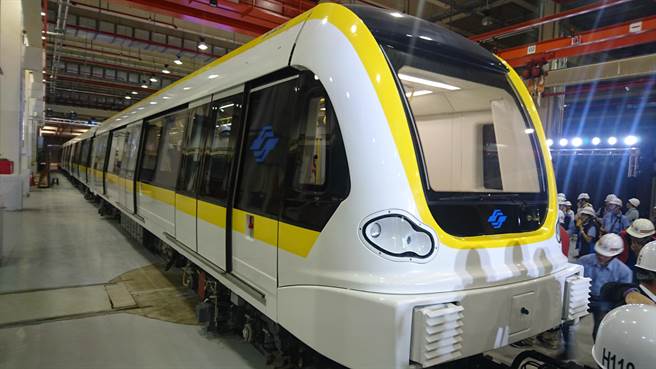
Conventional metro rails require signaling and the intervention of a train pilot, whereas the function of CBTC-enabled trains is solely based on human-fed data and its own understanding. In most CBTC rail networks, data transfer between trains and trackside equipment is carried out using wireless communication networks, such as the global system for mobile communications-railway (GSM-R) and wireless local area networks (WLAN).
Driverless trains are energy-efficient and economical due to optimized acceleration, traction, smooth braking, and controlled power intake. Based on line data generated by the control centers, the automated system calculates precisely where and how the train should be accelerated or braked to time the arrival and departures with maximum accuracy. Former train pilots can be employed as train attendants to service passengers and act immediately during emergencies.
Additional Features That Make Driverless Tech Successful
To make driverless train tech possible, additional systems like platform track monitoring systems, platform screens, intrusion avoidance, and remote sensing systems are essential.
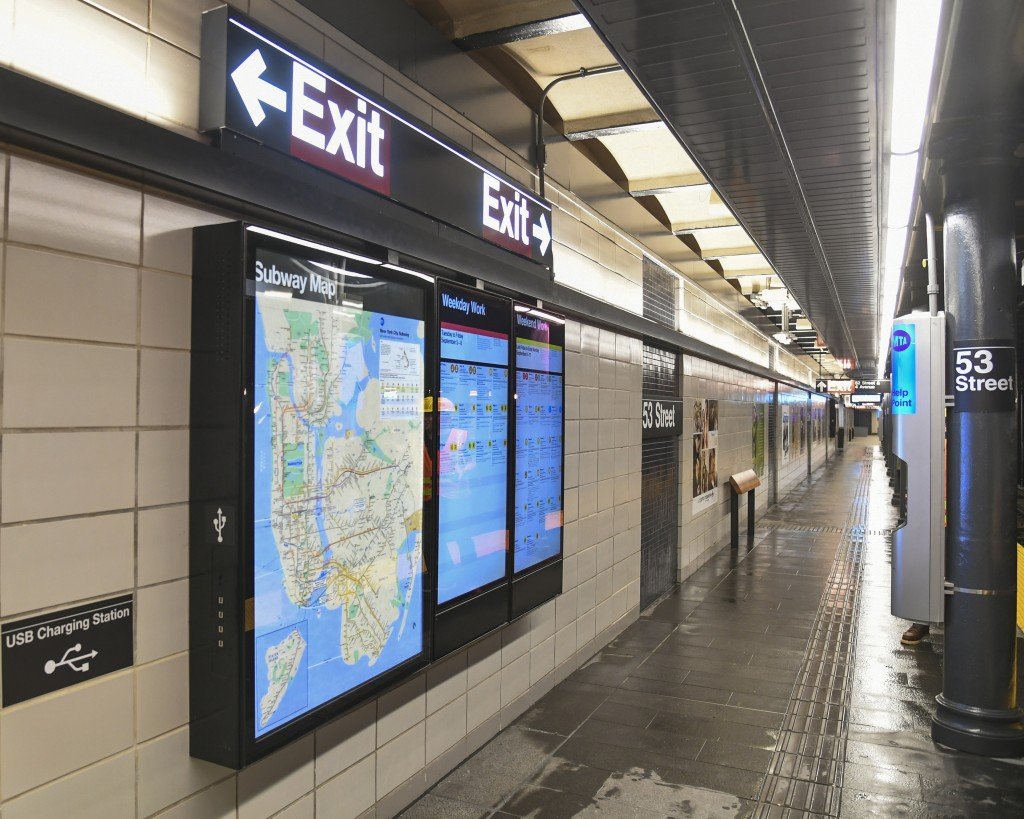
Such systems help eliminate the risk of any fatalities on the tracks and greatly improve system efficiency. If a passenger deploys the emergency brakes, the situation in the train can be assessed by the control centre with the aid of passenger area surveillance. Smoke detectors inside the train and on the track report to the control room in the case of fire. This allows the system to understand the situation, devise necessary halts, and quickly re-route the network.
Long-distance Rail Systems
Long-distance railways have certain challenges that urban railway lines do not face. These challenges include animal encroachment, inclement weather conditions, and automobiles obstructing the train’s path on the railway. However, driverless trains can still succeed in such cases, even if the Operations Control Center is many miles away.
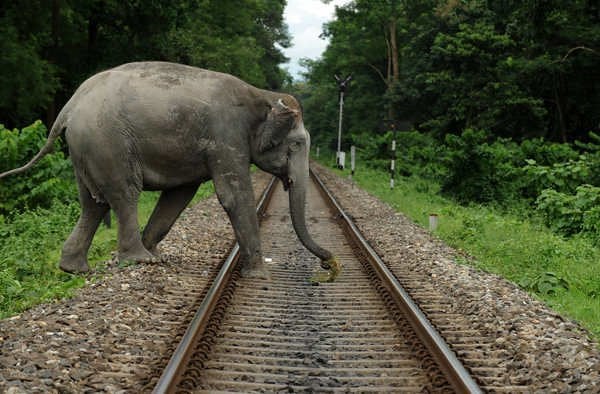
The concept of a driverless rail network gives computers control over the systems and enables them to reach inaccessible places by setting up sensors and detectors throughout the rail line. This provides efficient and unbiased control over the entire network. Although there is always a risk of network failure, as every system has a loophole, the key is to opt for the system with the fewest loopholes. Therefore, driverless trains with a rail attendant are better for long-distance rail systems.
Conclusion
Driverless train technology is not a new concept for the world’s metro systems, but it still raises some concerns in the public transport sector.
On the one hand, driverless trains are seen as a way to avoid human error, allowing the industry to achieve new levels of efficiency, especially in the era of overpopulation, where transport is already operating at its capacity limits. On the other hand, some critics are worried about entrusting public safety to an unmanned system and possibly losing many jobs.
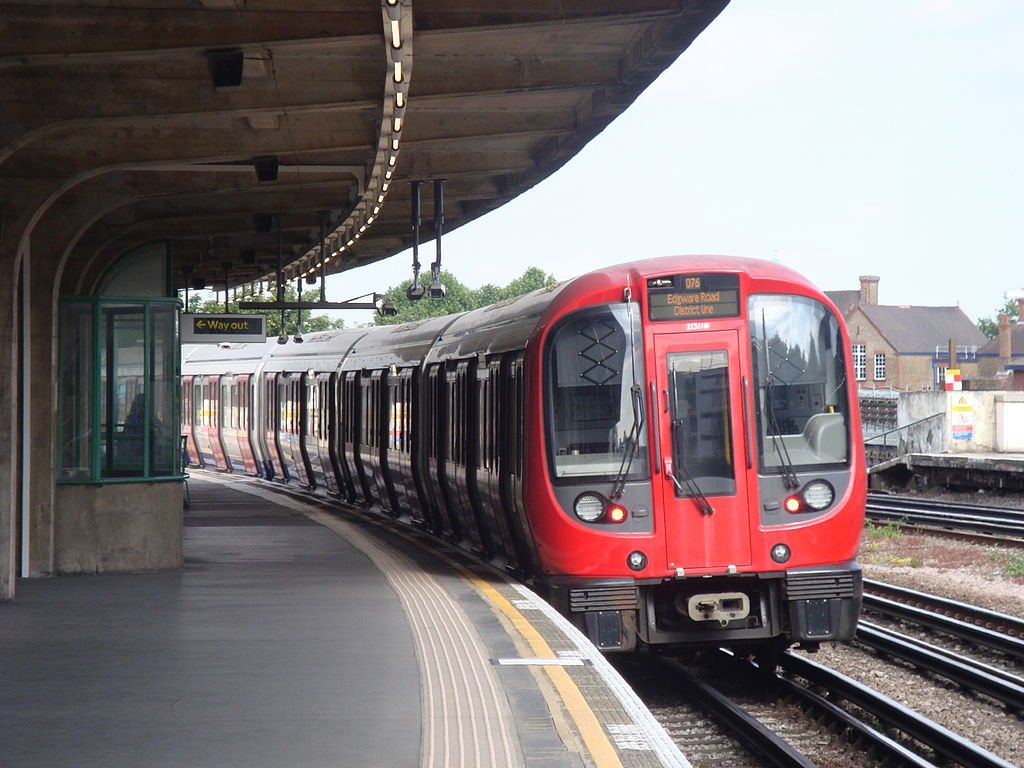
Although these concerns are valid, the advantages of driverless global connectivity exceed the disadvantages. What needs to be done is a continuous improvement of the system, addressing all safety concerns and monitoring any network loopholes.
So, even if a human isn’t driving the train, you can still experience the best of human excellence by getting on board!
Last Updated By: Ashish Tiwari
References (click to expand)
- Fraszczyk, A., Brown, P., & Duan, S. (2015, June). Public Perception of Driverless Trains. Urban Rail Transit. Springer Science and Business Media LLC.
- Powell, J. P., Fraszczyk, A., Cheong, C. N., & Yeung, H. K. (2016, December). Potential Benefits and Obstacles of Implementing Driverless Train Operation on the Tyne and Wear Metro: A Simulation Exercise. Urban Rail Transit. Springer Science and Business Media LLC.
- Wang, Y., Zhang, M., Ma, J., & Zhou, X. (2016, December). Survey on Driverless Train Operation for Urban Rail Transit Systems. Urban Rail Transit. Springer Science and Business Media LLC.
- Smart trains with no driver.

